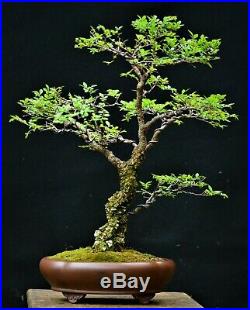
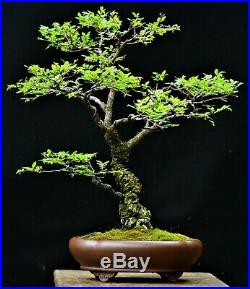
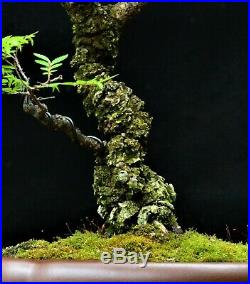

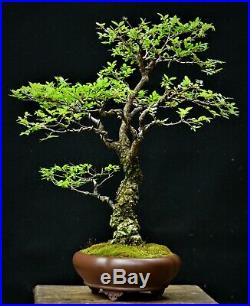
Chinese Elm, Cork-Barked (Ulmus parvifolia “Corticosa”) bonsai – medium size. Height: 19 inches; Width: 17 inches. Pot size 11″ X 8″ X 3.5 Pot origin: Yixing, China. Trunk diameter at the root base: 2.5 inches. Popular name: Chinese elm, Lacebark elm, Cork-bark Chinese elm. This graceful tree is a native of Estern Asia – China, Japan, Taiwan, Vietnam. It is a medium-size tree, can grow up to 65 ft (20m). The wood of Chinese elm is very hard, so it’s used for manufacturing tool-handles, and various furniture types. It is so popular, that the species now is grown everywhere, around the world. The original Chinese elm has a smooth and flaking bark, but in the bonsai community, a new North American sport, with corky bark, became popular. This bark becomes evident after the tree reaches 8-10 years. It grew in my backyard for about 10 years, before I started the bonsai training in various training pots. This bonsai is designed in the “slanting style”, with a trunk that has a dynamic movement with lots of small curves. The lower trunk has already developed a deeply fissured, old bark. It has a great branch distribution, and the branches are not too crowded, so the tree will be easy to maintain with pruning. Some of the primary and secondary branches still have wire on them, they should set and come off by mid-summer. This tree is a very prolific grower, so the foliage pads should become significantly larger and denser this year. The red/brown pot nicely contrasts with the dark grey bark. The chinese elm is an extremely popular bonsai species, for both beginner and experienced bonsai enthusiasts. The most imporant challenge, is to keep pruning it as it grows, so that the correct proportions are not lost. Also, the energy throughout the crown should be evenly distributed. If some branches (especially on the top portion) are allowed to grow too fast, this could cause the weaker branches to die back. To avoid that, a rigorous pruning of strong branches is required. In colder climate, winter protection is recommended, although the chinese elm can easily withstand temperatures below freezing. Also, the dormancy period is very short, they are the first one to leaf out in the spring. Because the short dormancy period, they can also be grown indoors, but with plenty of light. The item “Chinese Elm #1, Cork Bark Ulmus parvifolia Corticosa’ bonsai medium size” is in sale since Friday, April 24, 2020. This item is in the category “Home & Garden\Yard, Garden & Outdoor Living\Plants, Seeds & Bulbs\Plants & Seedlings\Bonsai”. The seller is “world_of_bonsai” and is located in Altadena, California. This item can be shipped to United States.
- Aspect: East-facing
- Bonsai Species: Ulmus parvifolia
- Plant Form: Finished Bonsai
- Type: Deciduous
- Climate: Temperate
- Sunlight: Full Sun
- USDA Hardiness Zone (°F): 9 (20 to 30 °F)
- Genus: Ulmus
- Foliage: Broadleaf
- Indoor/Outdoor: Indoor/Outdoor (winter protection in cold climates
Tags: bark, bonsai, chinese, cork, corticosa, medium, parvifolia, size, ulmus
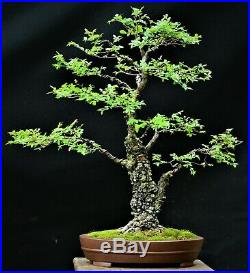
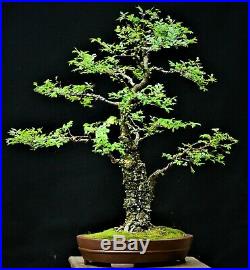
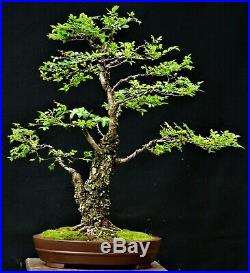
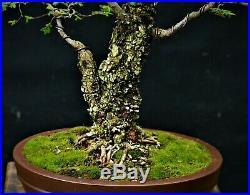

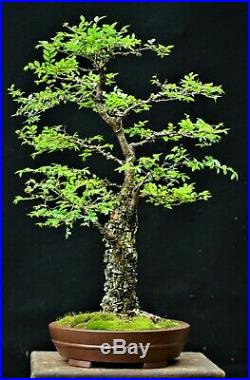
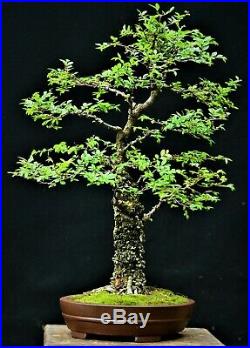
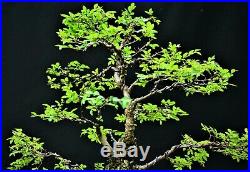
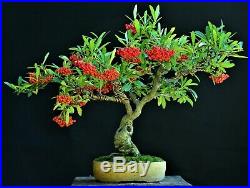
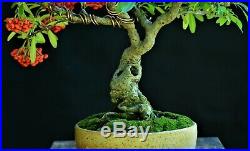
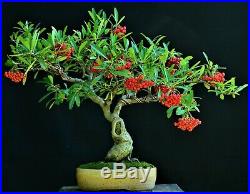
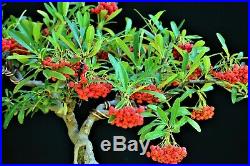
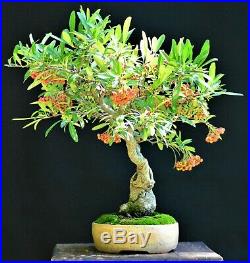

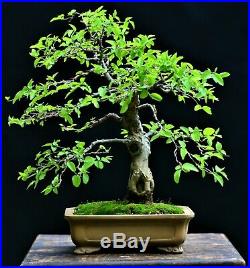
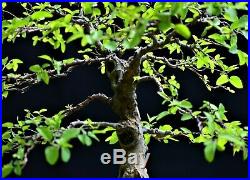
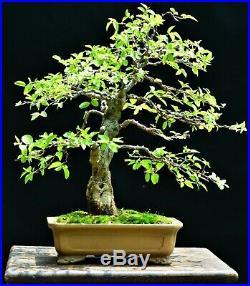
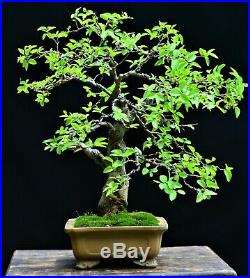
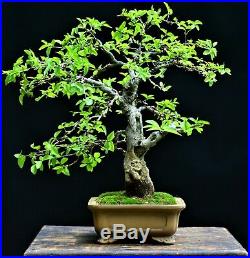
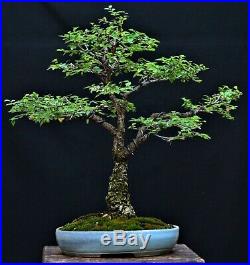


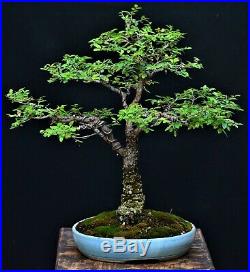

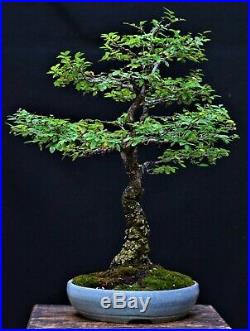
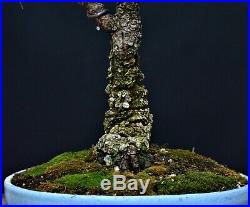

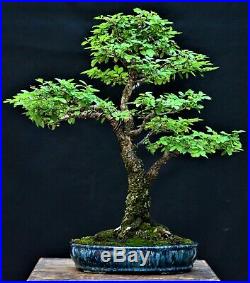
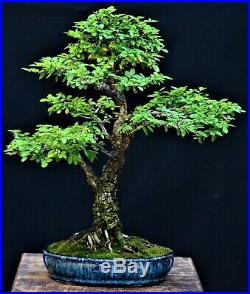
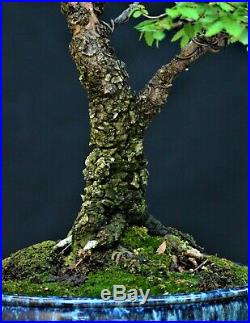
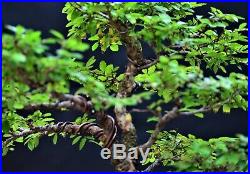
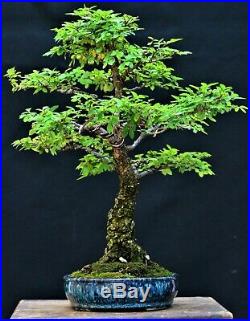
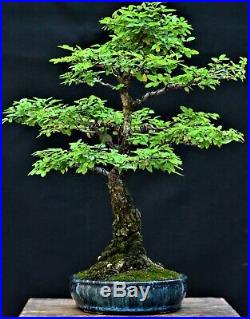
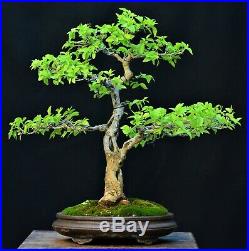
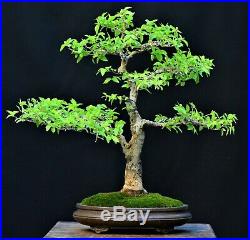
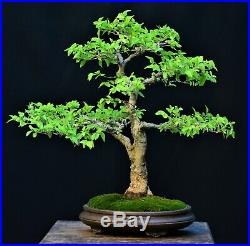
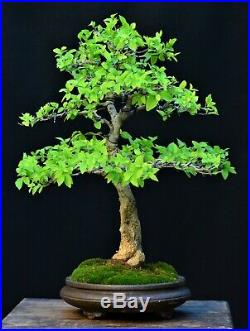
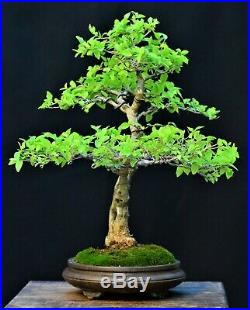
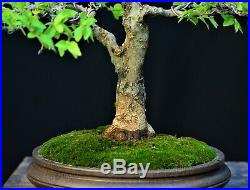
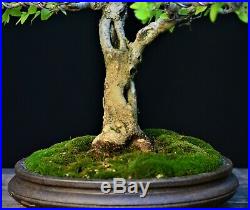
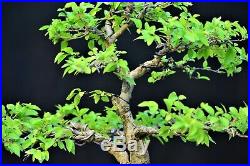
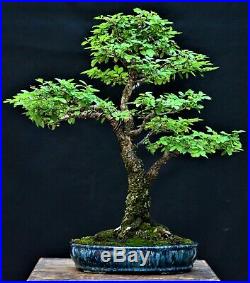
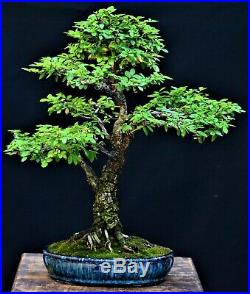

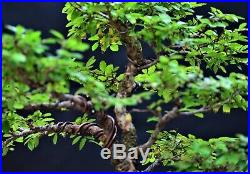
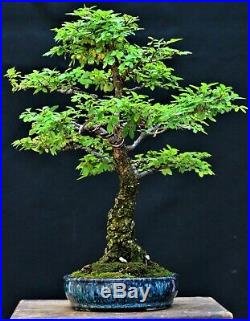
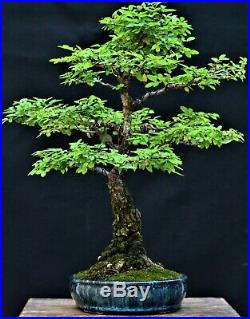

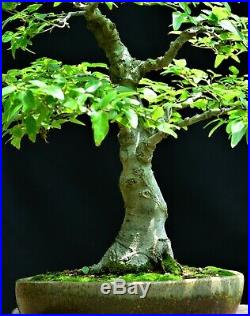
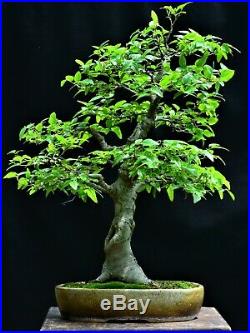
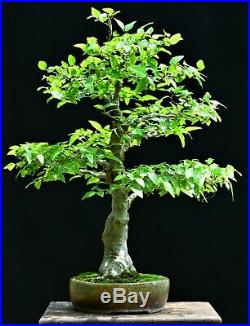
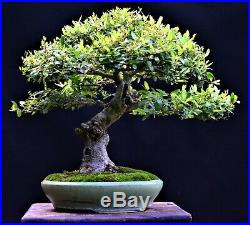
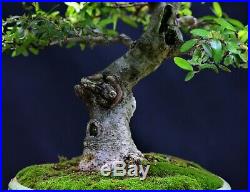
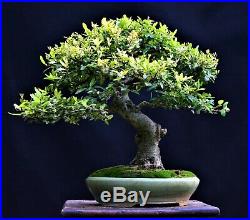
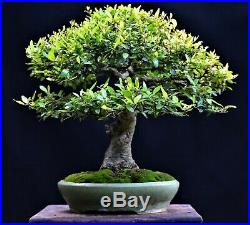
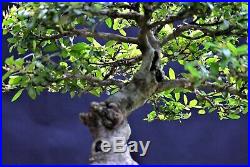
0